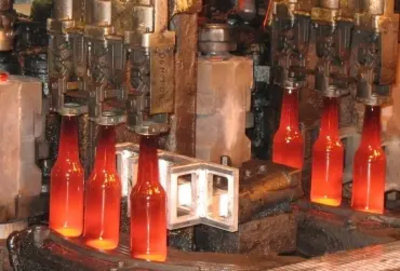Glass Cullet now to be Considered as a "Raw Material" rather than as "Waste"

Waste regulations are bureaucratic, technical and complex - so it's good news when End of Waste Criteriaare agreed and the commodity can be more easily traded, handled and transported as a secondary raw material.
In a move welcomed by the glass industry, the European Commission has now agreed criteria for glass cullet to be considered as a secondary raw material. It must be of a quality suitable for remelting into bottles or other products such as fibreglass and there are limits on the amount of contaminants such as metals, organics and stones which can be accepted.
It is estimated that more than 80% of glass collected across Europe will meet end of waste criteria after proper sorting and treatment, to be re-melted into newly manufactured glass products. Final adoption of the new criteria is expected in the coming months, and the End of Waste regulation will enter into force 6 months after that.
However, mixed cullet used in aggregates still counts as waste and this might now mean that the UK has to cease its practice of counting mixed cullet for aggregates as 'recycled material'. Since 2009, more glass cullet has gone to aggregates in the UK than to container manufacture, despite providing less environmental benefit in carbon terms. because of this, British Glass has long been campaigning for more re-melt quality glass to be collected in the UK.
In March 2011, the EU agreed its first End of Waste criteria, for aluminium, iron and steel, but despite today's agreement on glass, there is still no agreement yet over separate criteria for paper and copper.
